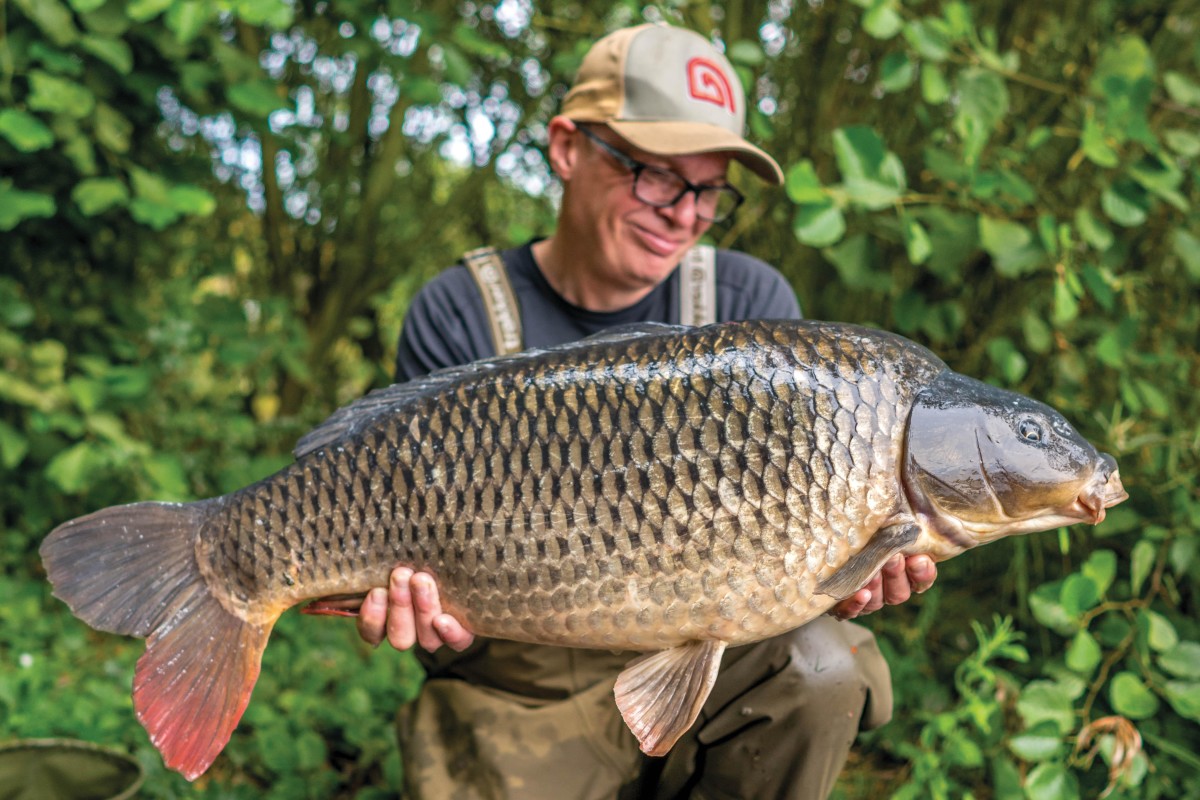
Donking In The Deep
How does wind and the depth at which you're fishing affect how accurately your baits might be placed?
This month, I’m going to look at a couple of things that interest me, or rather, confuse me, and which by the end of the feature, might well confuse you too! Firstly, does your bait find its way through the water to exactly where you intended to place it? Secondly, do you add extra distance to your fishing rods compared to those you use for baiting up?
BAIT SIZE: Dictated by depth and tow
It’s a quandary I’ve experienced many times, especially when fishing deeper waters. Is my bait in the right place, and have I hit the same spot with my hookbaits as my bait? All being well, they should both have been placed accurately, but I’m sure they have ended up in different locations from time to time. How do you know? Well that’s even harder to establish, as you can’t just dive in and have a look—although that would be great! Use of a boat would be the best way to find out, providing the water’s clear enough, given that you might need to see twenty-feet down! So what do you do? Well, I have a rule of thumb that the deeper the water, the bigger and heavier your free offerings need to be. If it’s shallow, then anything goes. Let me explain…
We have in our lakes, something called undertow. Undertow is caused by the wind at the surface, and the stronger the wind, the more undertow is created. How many times have you turned up with a strong wind across you, cast out, and let’s say your lines then point at 2 o’clock, only after having slept, to wake up and find them at 12 o’clock? This will be because of the undertow. As with the wind across the lake, there’ll be a similar effect under water, only in the opposite direction. I think Shaun Harrison went into undertow far better than I could, in a much earlier issue of CARPology. Unfortunately, you can’t see what’s happening when you bait up at range, so you should use baits that aren’t affected by the tow, which would otherwise cause them to drift off target.
Let’s say that you have set up in a swim, cast your marker float out and have found a great spot at 20 wraps in 18ft of water. Do you A, bait up with small particles and pellets, or B, use boilies and bigger pellets? If you’ve taken on board what I said above, then the correct answer will be B, as this will improve your chances of getting the bait to the bottom in the correct place, regardless of undertow.
I think the easiest way to explain this is by imagining that you’re feeding from a boat. Small particles will make their way to the lakebed slowly, and will spread further, the deeper the water. Boilies, however, and bigger pellets will drop almost straight down. On windy days, the smaller particles will obviously be affected by the tow. I’ve watched this happen a few times, and have seen particles fall through the water at an angle. I’ve even noticed them describe an ‘S’ shape as they descend, initially moving with the drift near the surface, before later being affected by the undertow. Surely, given this knowledge, you would pick heavier baits when fishing deep water. I’m not saying that small particles won’t get to the bottom, they will, but they will end up spread over a larger area, and could come to rest in the wrong place. If you’re fishing deep water, it’s advisable to feed bigger baits. This will ensure that your bait comes to rest in the right place, just as it would if you were feeding a shallow area.
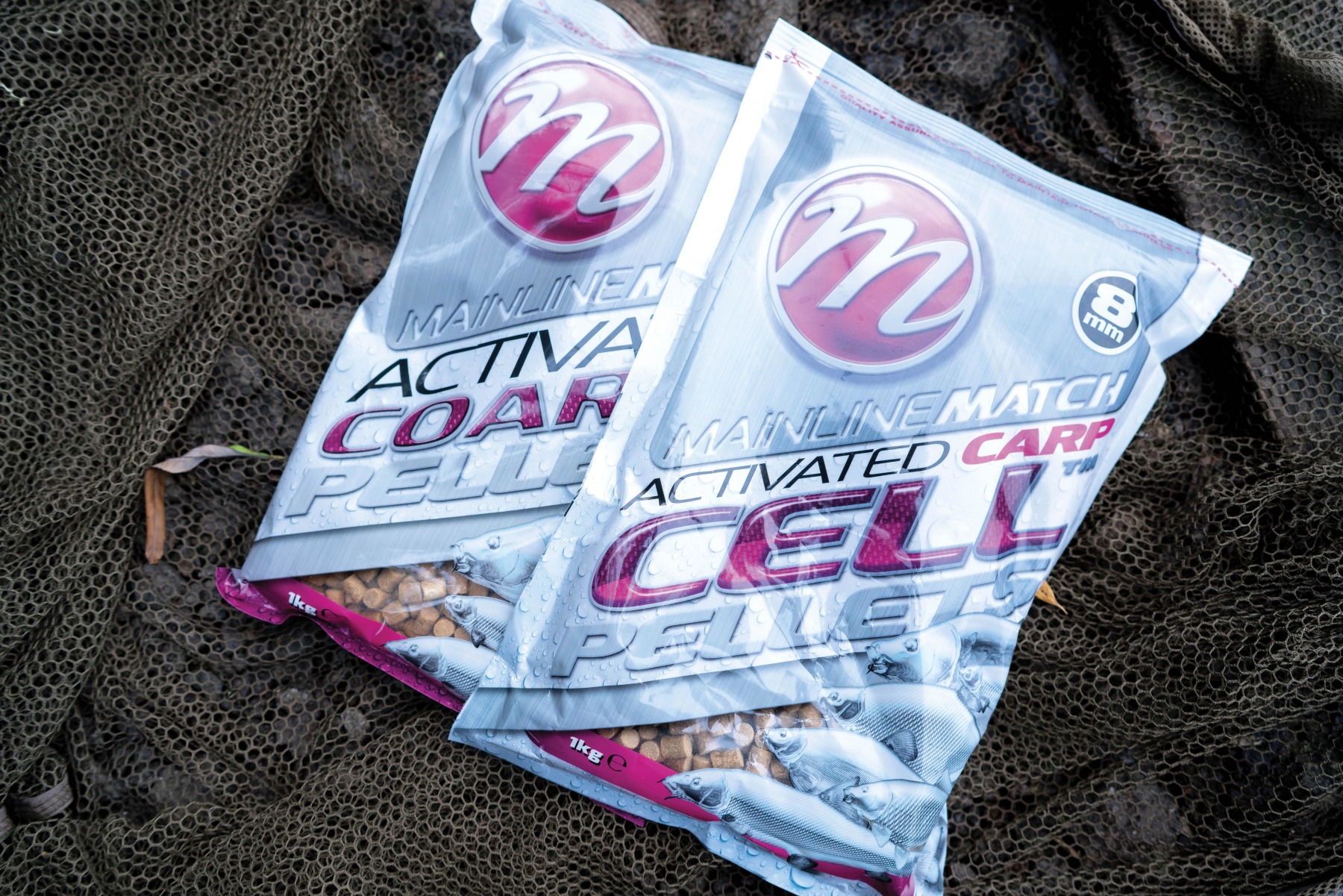
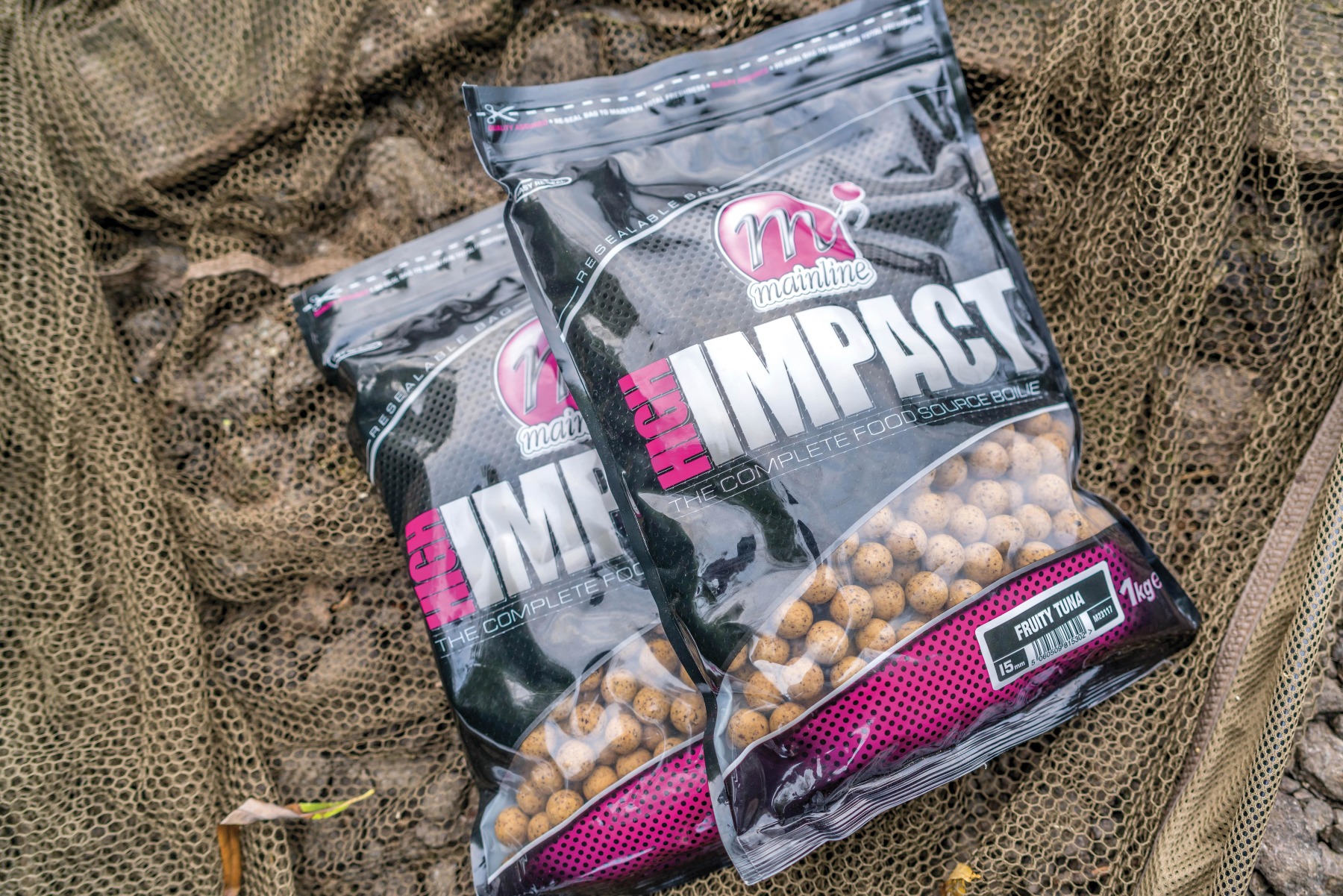
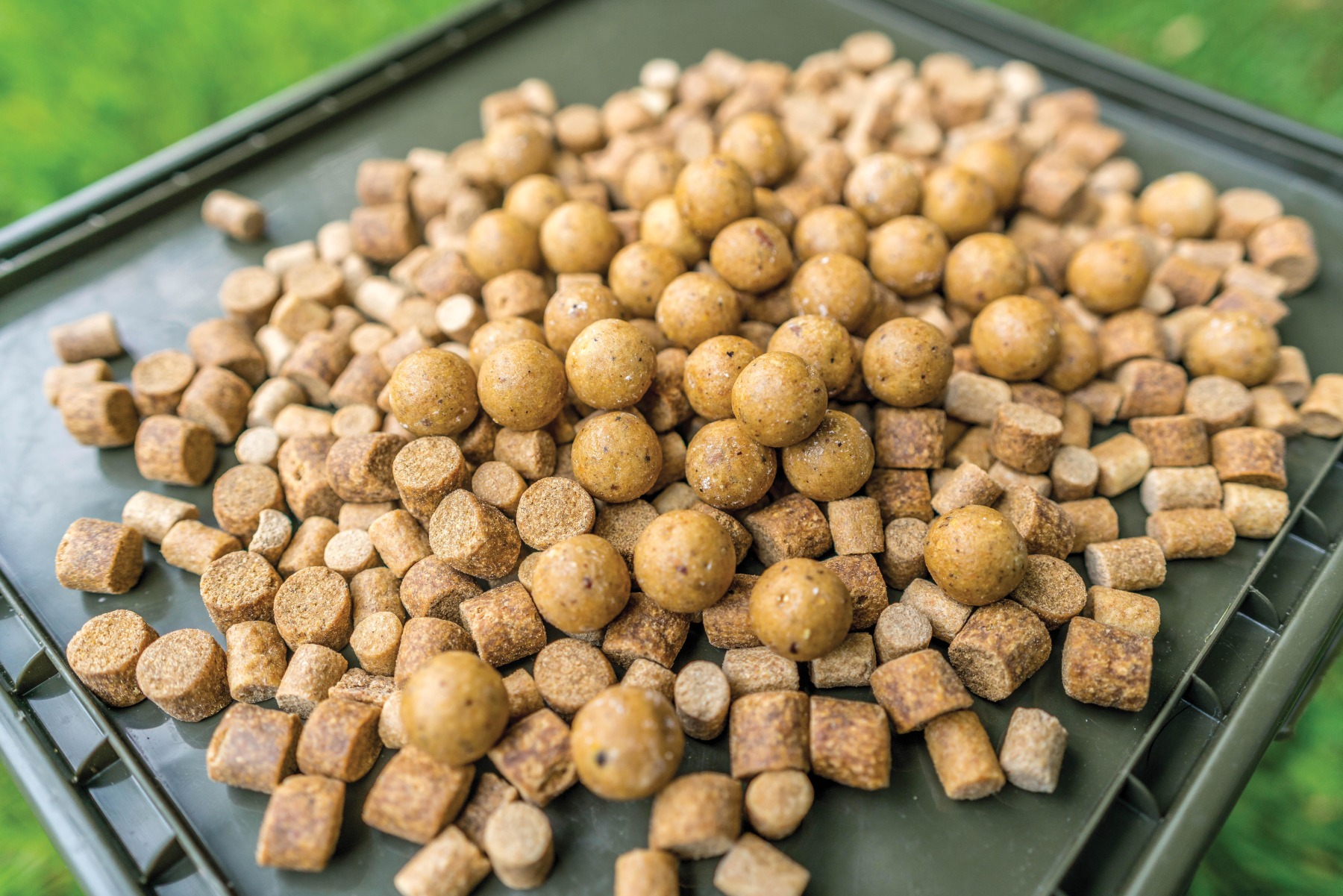
HITTING THE RIGHT SPOT: Where do you clip up?
Let’s now assume that you’ve hit the lakebed with your hookbait exactly where your free offerings have to come to rest. This, though, is a headbanger straight from the start, as the possibilities of you missing your baited area are greater than you might believe. I think, though, that I might be able to help.
A lot is talked about adding extra yards to your hookbait rods. We are led to believe that this is done so that your lead will arc back on a tight line, and hopefully land amongst your freebies—providing the additional distance is correct. Perhaps, perhaps not. The problem is that there are too many variables, both angling-related and natural. Are you fishing long, in say, eight-feet of water, or deeper than eight-feet of water? Are you chucking out to just 20yds, perhaps, but in deep water? Are you clipping up at the same distance as your marker rods? Are you casting from exactly the same spot? Is there weed between you and the baited area? The list goes on, and I’ll try and explain the best I can…
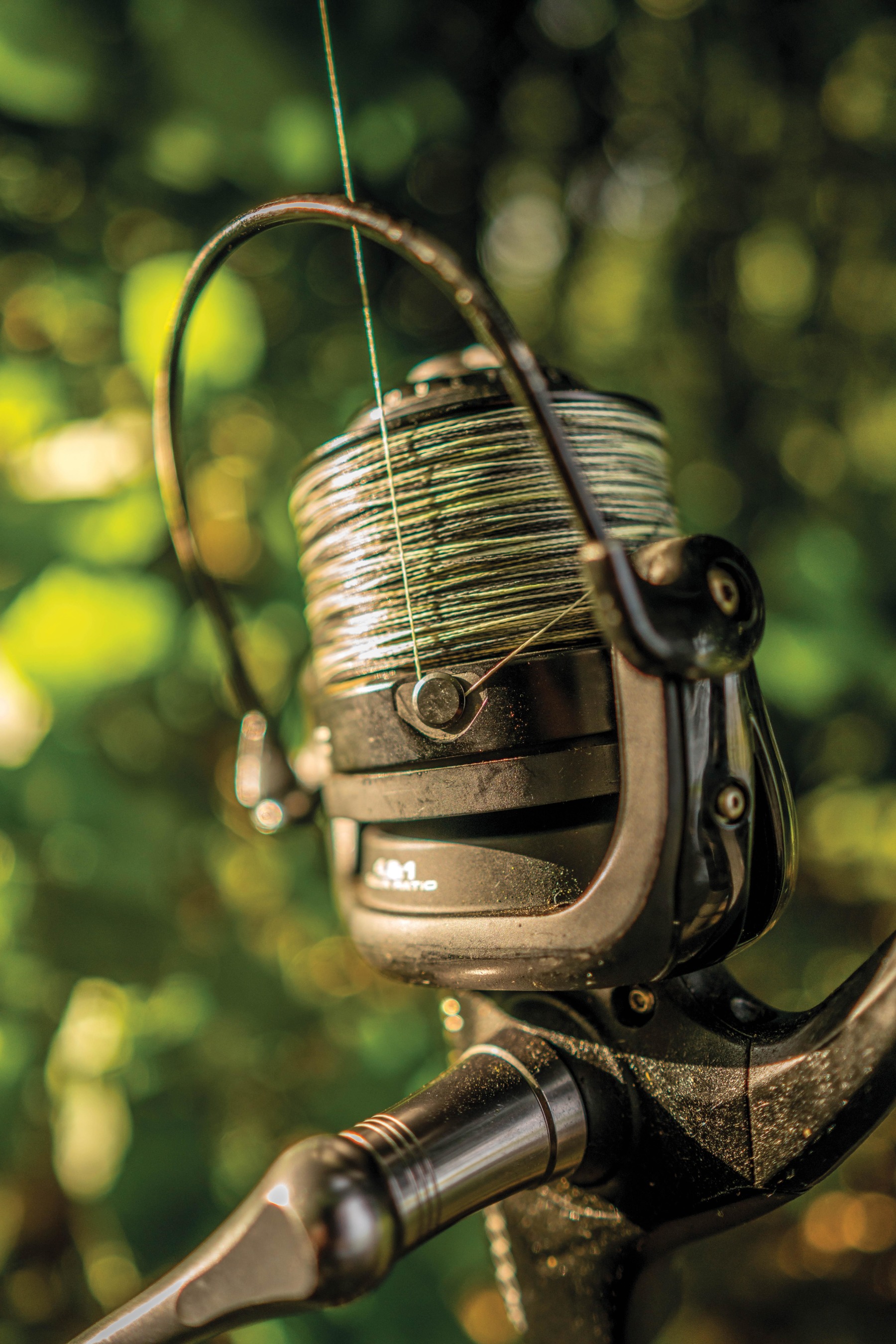
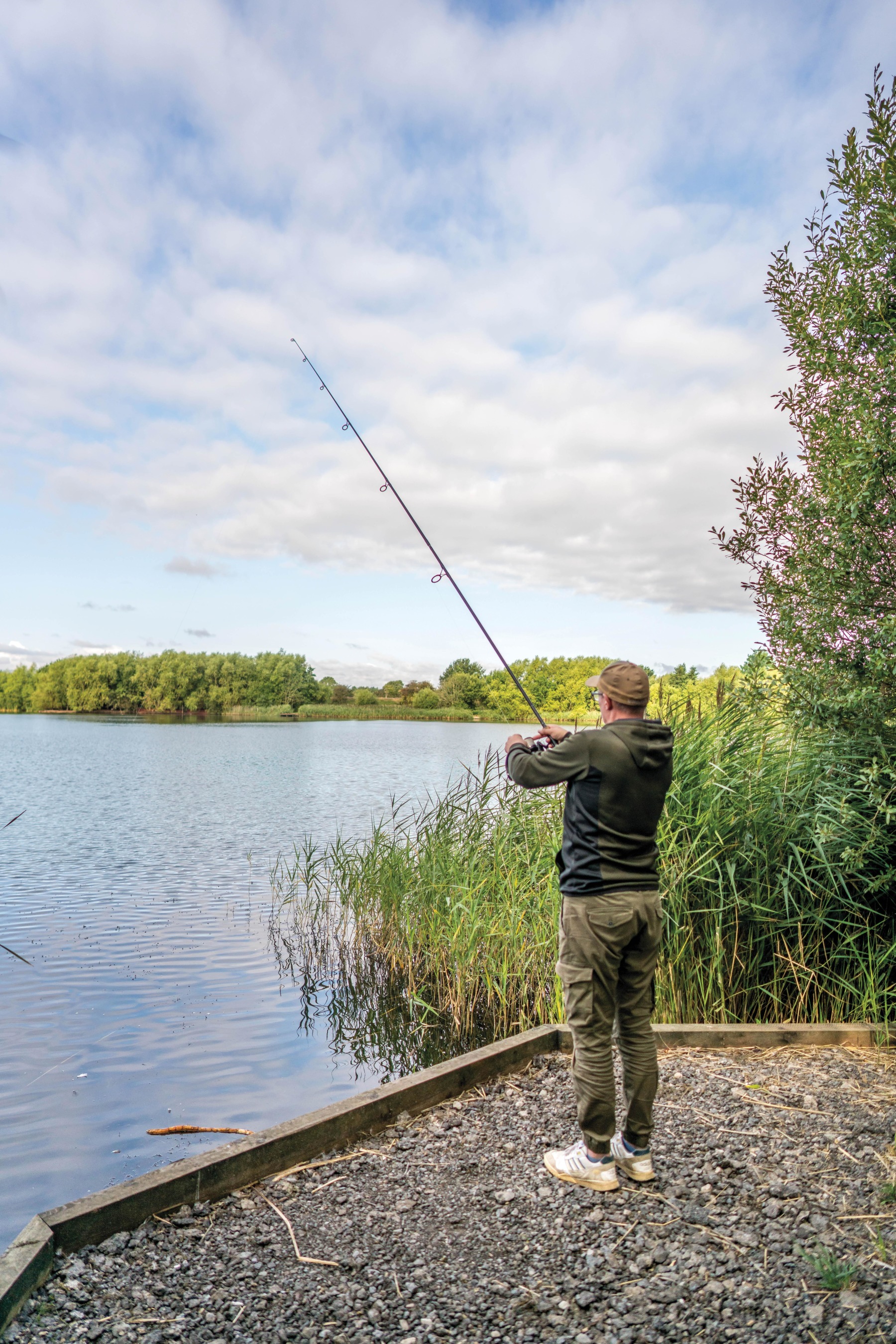
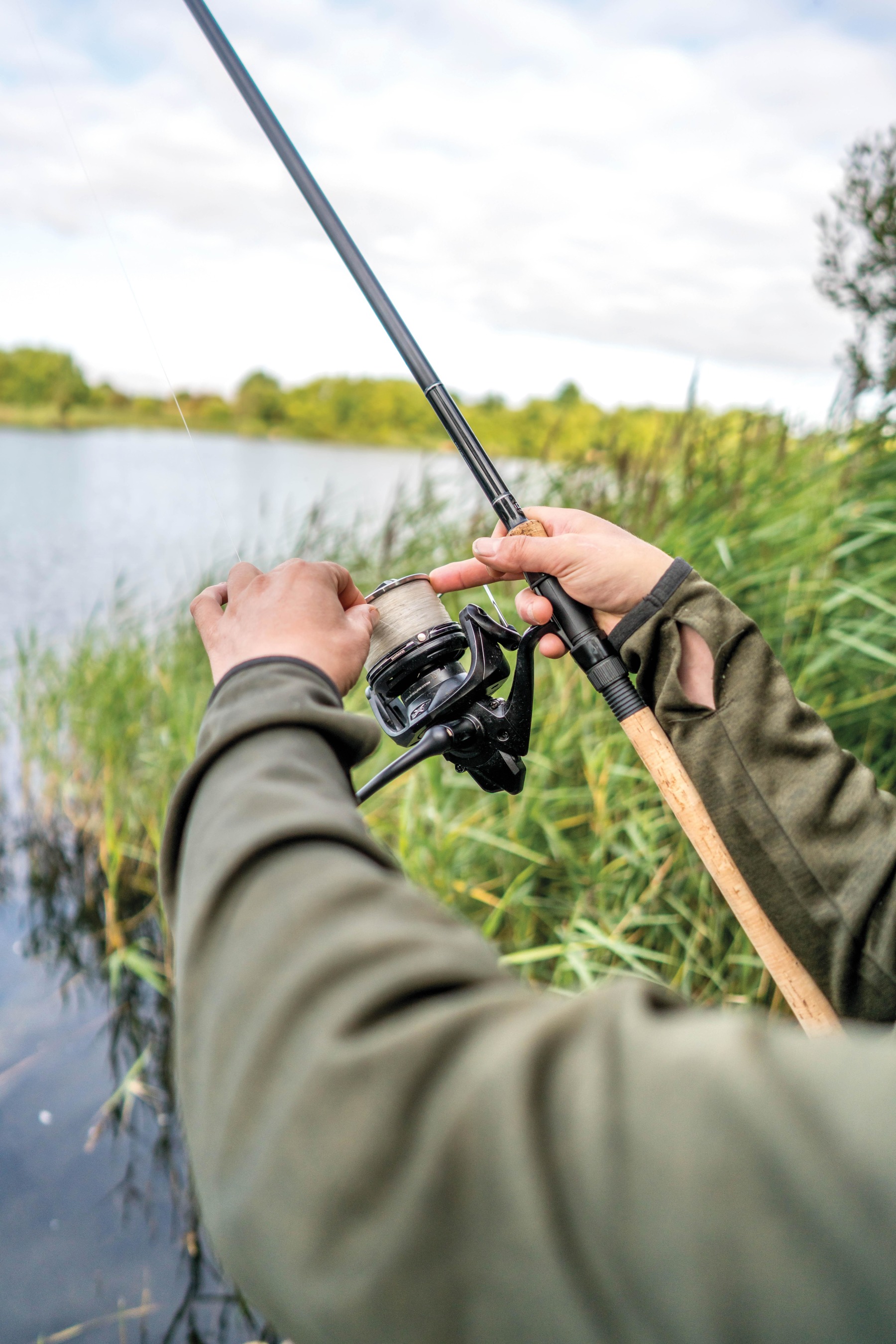
I’ll start with the first one. Let’s say you have a spot at 100yds in 8ft of water. Do you lengthen the range on your baiting-up rods so that the freebies fall in exactly the right place? Here is where it gets difficult… Did you clip your marker rod pointing low across the lake, or up in the air as if you’d just finished a cast? If it was the second one, then well done, you’ve hit the spot.
When the line hits a line clip at the end of a cast, where is your rod tip? It’s not touching the water, it’s normally up in the air in front of you. Did you clip up your marker rod with the rod in the same position? This is variable number one. Are you clipping up the same as with your marker rod? The height at which you hold your rods when casting will also affect the range. This is variable number two. So going back to your spot at 100yds in 8ft of water, you should be clipped up at the same distance on all your rods, but does the depth mean you have to add even more to the cast? Well, no. Where your tip finishes becomes the centre of a circle, and the further you cast, the bigger the circle, and the bigger the circle, the less of an arc the lead will describe as it falls. In a depth of just 8ft of water at 100yds, don’t bother.
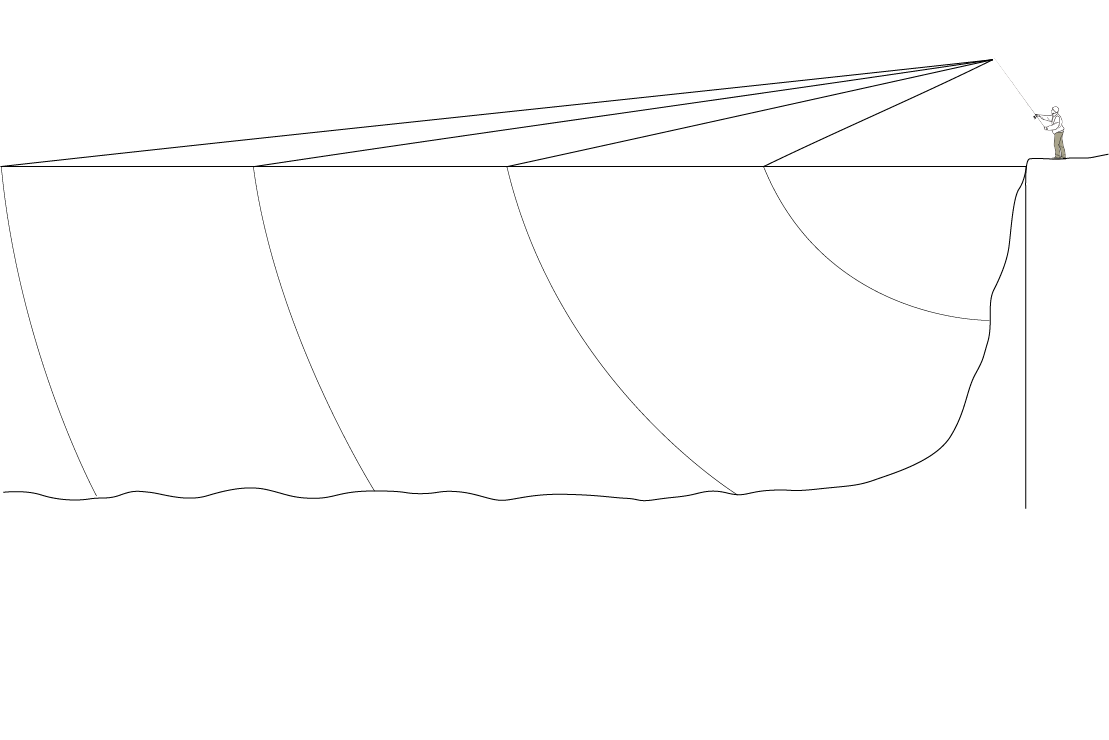
When fishing in 8 feet of water or more, say, at ten or twenty yards, things become complicated. As I said, the rod tip becomes the centre of a circle, and the further you cast, the bigger that circle. When casting ten yards, then, and holding the line tight as the lead drops, you’ll find that the lead will be two yards nearer to you on the lakebed than it was when it hit the surface, and so two yards away from your freebies (see diagram). But, I hear you cry, what if you follow the lead down? Or what if it’s windy, or my rod tip is lower than it appears in the diagram? I’m with you, and that’s why I made mention earlier of the many variables we have to consider.
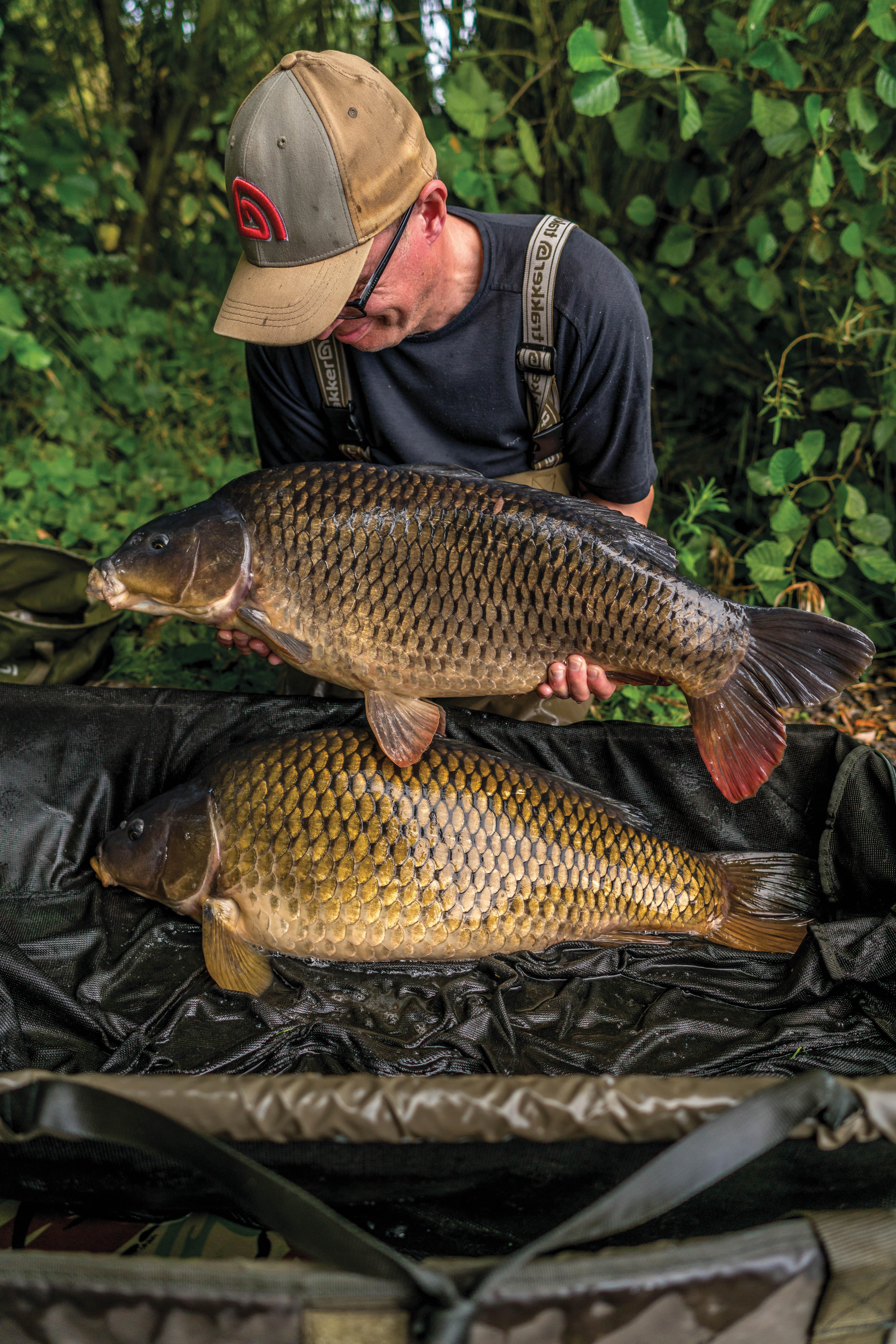
What I do know, though, having experimented, is that if you use the diagram and clip up the same, and from the same casting position each time, you’ll be closer to the spot than ever, having reduced the number of variables. Some variables might well throw a spanner in the works every now and then. Just remember these few pointers, though: clip up your marker with your rod held high in the finished casting position, transfer that distance to your baiting-up and hookbait rods, and understand that the further you cast, the less of a problem it is making any adjustment for depth… unless, of course, you’re donking in the deep!



